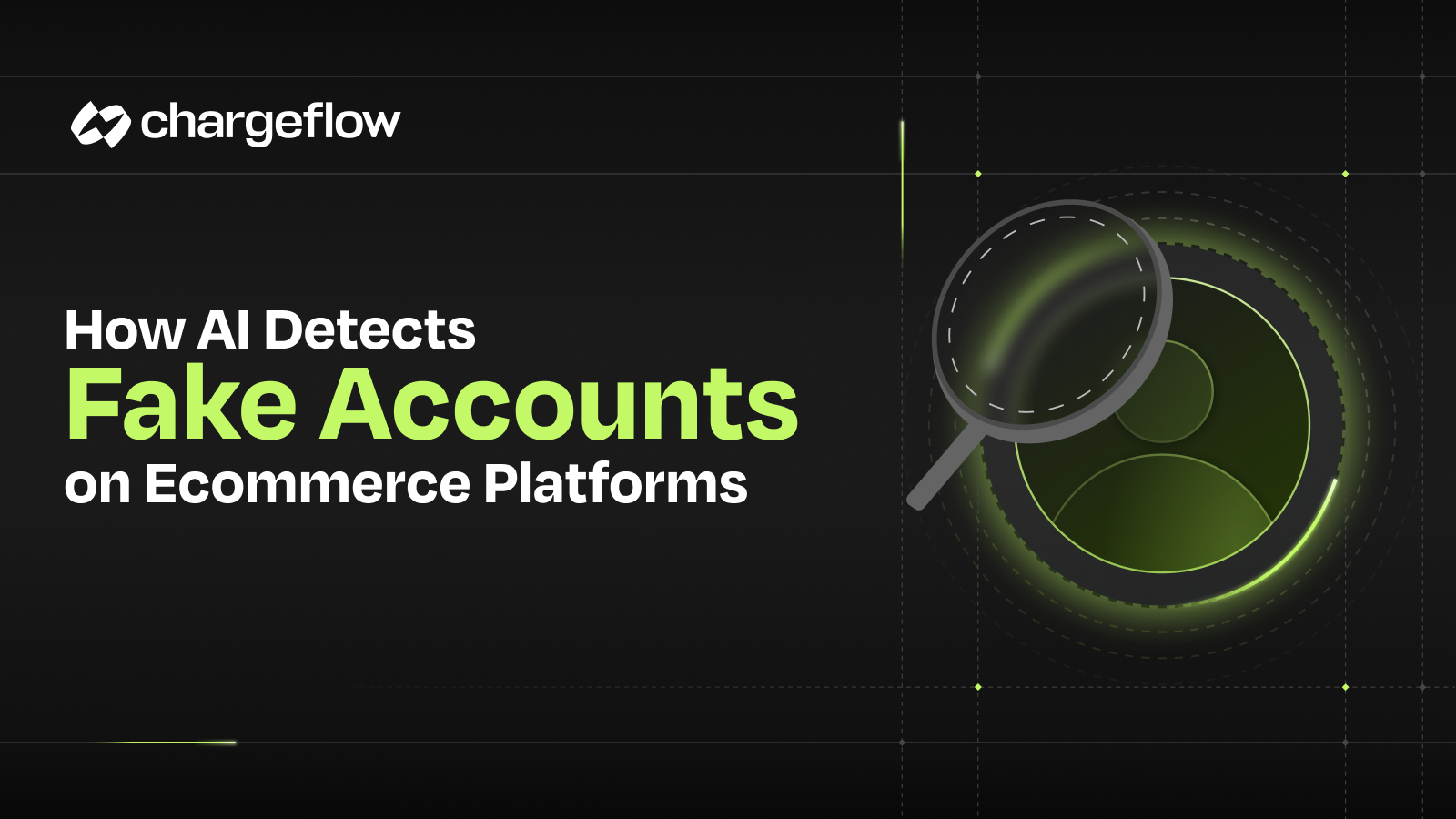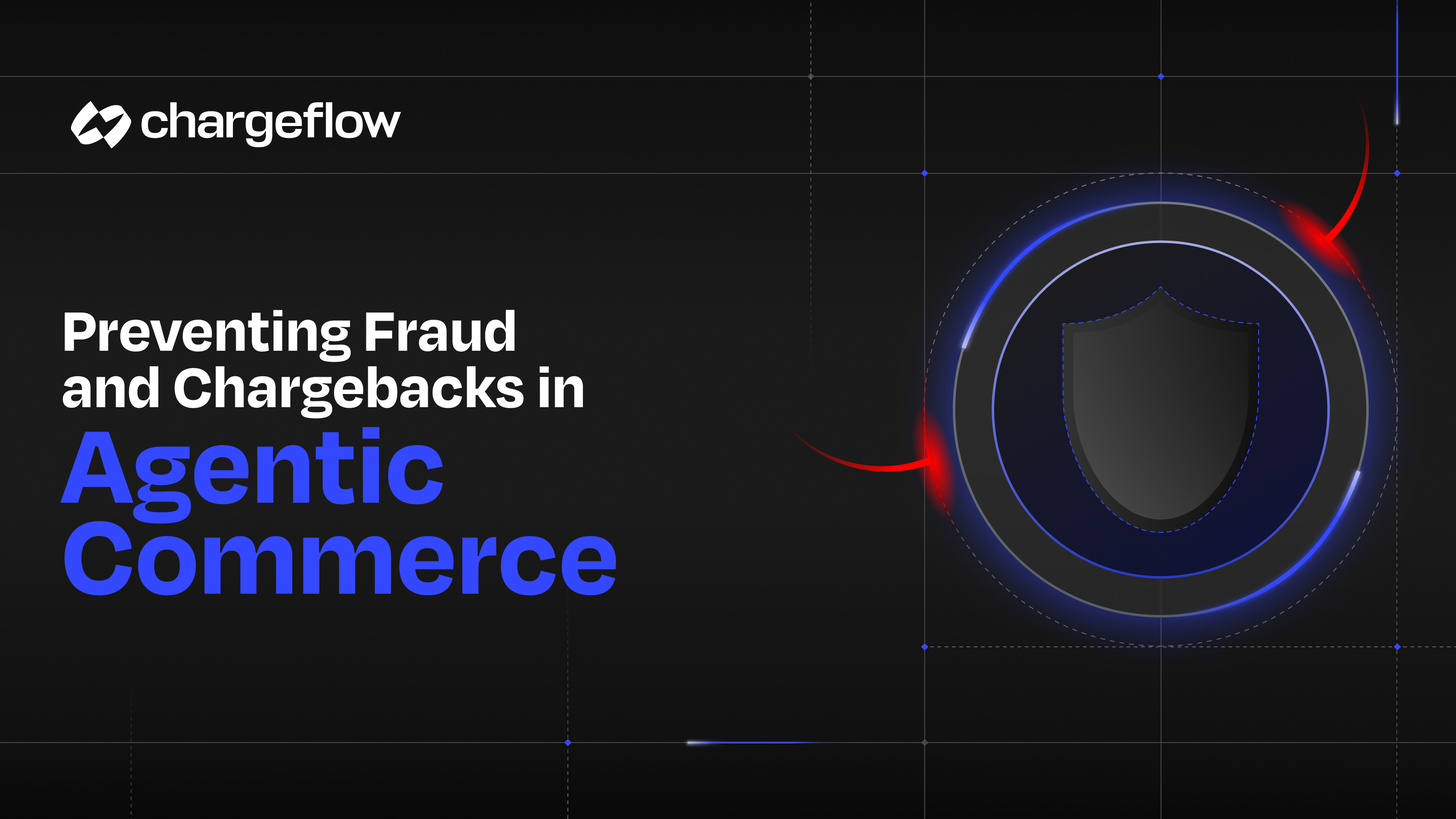Fashion Chargeback: How to Win Chargebacks as a Clothing Brand

Chargebacks?
No longer your problem.
Recover 4x more chargebacks and prevent up to 90% of incoming ones, powered by AI and a global network of 15,000 merchants.
Fraudsters constantly target clothing brands because it’s easy to commit fashion chargeback and get away with it. Here’s how you can fight back and win.
Clothing brands have a special place in our modern society, but the high rate of fashion chargeback is taking the joy out of the "wonder hobby."
A clothing brand is often like a ticket into pop and glamor.
And if you ask people like Anna Wintour, she’ll tell you that it’s like having a piece of the action in a James Bond movie.
Clothing brands have a special place in our modern society because fashion is a gateway for folks to make a statement with what they are wearing. It doesn’t matter whether you sell shoes, high-ticket apparel, or custom t-shirts. The economics of the art makes sense for online sellers too. Statista says the eCommerce fashion industry’s compound annual growth rate (CAGR) could reach 14.2% by 2025, with the sector netting a $672.71 billion valuation by 2023.
Unfortunately, the high rate of fashion chargebacks is taking the joy out of the "wonder hobby." One study found that 38 percent of fashion retailers saw an increase in friendly fraud in recent years, as fraudsters now use friendly fraud to get freebies.
What should you do to secure your revenue from liar-buyers?
We’ve teamed up with apparel experts from Apliiq, to help clothing brands understand how fraud can happen and what they can do to fight back.
Fashion Chargeback: Understanding the Difference Between Credit Card Disputes and Inventory Chargebacks
It’s crucial to highlight that chargeback in the fashion industry speaks to two realities.
In traditional mass production, supplier chargebacks happen when a retailer receives unsatisfactory and unsaleable goods from a wholesaler. For example, if the inventory was damaged in transit, the production was of a poor standard, or the universal product code (UPC) for labeling the stock was wrong, the retailer might seek remediation with a chargeback.
In many cases, these situations can be avoided altogether, by using more modern techniques of product creation, like printing your clothing on demand. When you utilize on-demand production techniques, it’s typically far easier to work with your supplier to get any issues rectified and chargebacks shouldn’t be an issue, since every consumer order is fulfilled individually.
Clothing brands should also place sample orders to ensure their manufacturer of choice understands the requirements for your products and can fulfill your orders as you desire.
However, the most common types of fraud and chargebacks your eCommerce business will face are chargebacks between you and your customers or fraudsters. If you are new to eCommerce, it may boggle your mind how these types of disputes arise, so read on to see how they arise and what you can do to fight back.
.jpeg)
Why Scammers Target Clothing Brands
For starters, eCommerce fashion retailers often handle high transaction volumes. Such traffic makes it easy for fraudsters to hide in plain sight. Fashion retailers become distracted by their high business demands and customers, and they don’t get to scrutinize order anomalies as adequately as a lower-volume merchant would.
Another reason fraudsters see eCommerce fashion retailers as an easy target is that clothing brands often carry a high resale value. Hence, scammers who need a way to quickly convert their stolen credit card numbers into real money target such transactions.
Again, many clothing brands have flexible order return policies because buyers usually test clothing at home to ensure it fits or meets their expectations. Unfortunately, scammers use such generosity for wardrobing and return and refund fraud. They can buy the inventory, wear it to their desired occasion, and then send it back for a full refund for some confabulated reason.
If the seller senses they’re getting played and denies such a request, the scammer could file a chargeback with their bank.
In other instances, the online shoplifter will swap return shipping labels to create tracking information as though they returned the order to the seller. They trick the seller into issuing a refund, but the fictitious return remains in limbo while they walk away with cash and merchandise. That’s why brands like Apliiq help customers get their products right the first time – to ensure no need for a return.
How Clothing Brands Can Fight Chargebacks
To understand the most effective fashion chargeback mitigation approach, you must know the various credit card chargebacks that fashion brands face.
1. True fraud chargebacks
The fraudster uses stolen card information for genuine fraud chargebacks to make an unauthorized transaction. When the actual owner of the card finds out about the bill, they file a chargeback.
In this instance, your chances of winning the fight are zero. Deploy the requisite security tech stack to prevent such transactions from going through in the first place. But if you onboard Chargeflow’s chargeback automation, you have comprehensive order insight to monitor your buyers' order history and track anomalies effectively.
2. Merchant error
It’s true that most chargebacks, up to 70% to be precise, result from friendly fraud, a revenue drainage mechanism where a cardholder makes a transaction and comes back to dispute the bill after receiving their order. Yet, some chargebacks can also be your fault – some clerical and order management errors you can avoid.
For instance, it could be that your team shipped something other than what the buyer paid for or billed them twice for the same transaction. These chargebacks are relatively subjective. And if you figure the buyer has a valid case, you can refund them or offer some other commensurate compensation. However, you should do your best to prevent these errors from happening and educate your staff on the best practices.
3. Friendly fraud chargebacks
Friendly fraud can often be a by-product of legitimate confusion or poor communication. But we know, from what merchants have reported, most friendly frauds are baseless disputes clothed with false claims from cardholders to get free goods and extra cash.
Here are some stats to illustrate the severity of friendly fraud:
- Analysts at Nasdaq say that payment card fraud losses, predominantly friendly fraud, spiked above $32 billion worldwide in 2021, and the cost of card fraud climbed to an all-time high of 7.1 cents for every $100 in order volume.
- 46% of 2000 respondents in a Forter survey said friendly fraud should be an illegal offense, and 24% said they disputed a charge despite receiving the item.
- $1 in $10 earned from eCommerce is spent managing fraud.
- About 9 in 10 merchants lost revenue due to payment fraud in 2020, and 55% reported increased chargeback levels.
- Estimates show that for every $1 of such chargeback a retailer gets, they lose at least $3.

Chargeback is not a cost of doing business
From the data above, it’s crystal clear that chargeback is a huge business risk today. If someone is trying to take your lunch money with a meritless case, here’s what you do:
- Gather your compelling evidence, such as:
- The sales receipt or order forms
- Proof of product delivery and tracking numbers
- Return policy and evidence of its accessibility on your website
- Customer communications showing order delivery or customer satisfaction
- Merchandise or service descriptions as shown on your website
- IP address or timestamps showing the cardholder accessed a digital good after the transaction
- Draft a concise chargeback rebuttal letter outlining your case.
- Send all the documentation within the specified time limit.
Every time you don’t fight back but rather write off those baseless losses as a business cost, you jeopardize your clothing brand.
You risk losing your payment license if your chargeback exceeds the 1% threshold. Not only that, but you also indirectly encourage such a cannibalization attitude in the industry.
That’s why many eCommerce clothing brands are using Chargeflow’s automated chargeback solution as a long-term solution for fighting friendly fraud and other fashion chargebacks. Our success-based proposition and security-first principle de-risk the entire process to help you to do what you do best: adding more zeros to the bottom line.

Chargebacks?
No longer your problem.
Recover 4x more chargebacks and prevent up to 90% of incoming ones, powered by AI and a global network of 15,000 merchants.






























.png)








